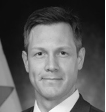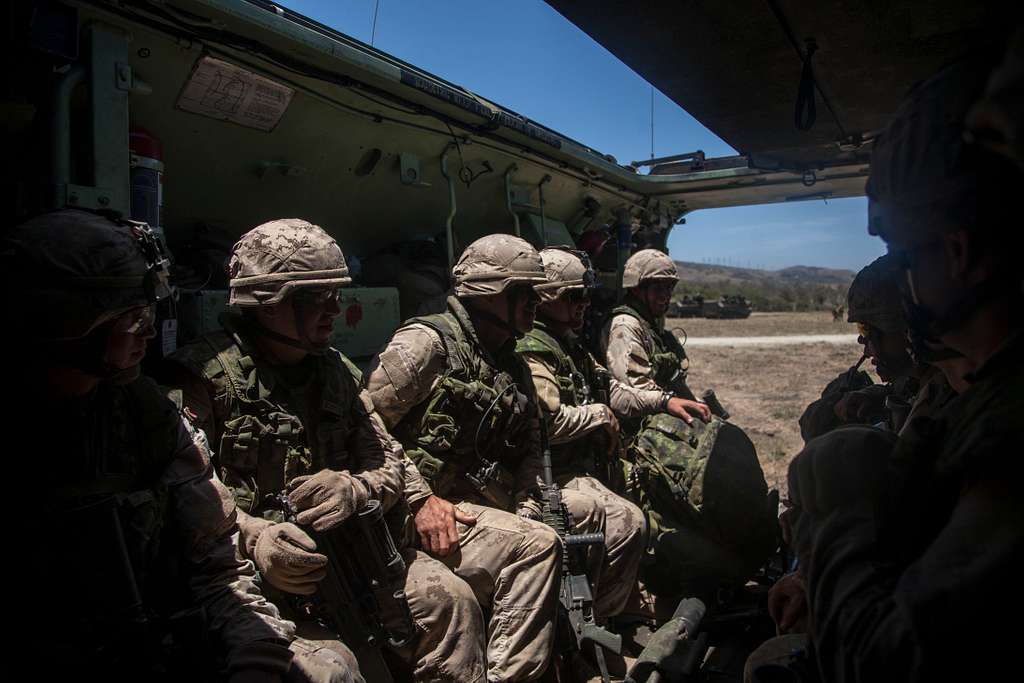Policy Forum Politique is a publication format that aims to stimulate debate by presenting a wide range of expert opinion on a topic of national security significance to Canada. For this second edition, we ask four experts for their perspectives on Canada’s recruitment and retention crisis in the Canadian Armed Forces.
 Charlotte Duval-Lantoine, Deakin University
Charlotte Duval-Lantoine, Deakin University
Contrary to what the public discourse seems to convey, the recruitment and retention crisis in the Canadian Armed Forces is not straightforward. For instance, the compensation package increase is a welcome measure, but it will not fix the problem long-term. Everything from the personnel generation process to military housing needs reform, as many of the policy layers regulating personnel management are not fit for attracting and retaining service members.
We cannot only blame the military for being behind on its implementation of Strong, Secured, Engaged (2017) since many of the cards are in Cabinet’s hands. Success in retention will require changing policies around military housing (within Treasury Board), breaking down the administrative barriers between the provinces (which would benefit all Canadians), and using the remaining $600 million dedicated to personnel matters as part of the 2 per cent of GDP in defence spending to training capacity – an under-appreciated aspect of integrating new platforms such as the River-Class Destroyers or the next fighter jets (regardless of supplier).
Focusing political capital and money towards those “soft” defence matters requires civilian and military leaders to take some risk, which in turn requires a shift in mindset. It will require moving away from the very faulty “tooth-to-tail” ratio mindset, which has led to dismiss personnel-related expenditures as unserious. The reality is that the successful recruitment and retention of aviators, sailors, and soldiers would require personnel to process, to train, to pay, to feed, and to manage the service members from enrollment to release. That necessitates investments in the “tail”—that is, staff and processes that are not directly involved in delivering operational effects.
Charlotte Duval-Lantoine is the Vice President, Ottawa Operations and a Fellow at the Canadian Global Affairs Institute, Triple Helix’s Executive Director and Gender Advisor, and a PhD Student at Deakin University.
 Stéfanie von Hlatky, Queen’s University
Stéfanie von Hlatky, Queen’s University
This year, the CAF surpassed its recruitment target after long struggling to overcome an “existential” military personnel crisis. Although this news represents an encouraging trend reversal for the Chief of Military Personnel (CMP), it will not immediately bridge the massive personnel shortfall that has accumulated over years. As Canada increases its defence spending, it must prioritize investments in military personnel consistently, to prevent replicating the uncertainty that was characteristic of recent years, where massive cuts are followed by even more sizeable budget increases. The CAF has instituted comprehensive reforms tied to military personnel. These reforms need time and money. Leadership churn and a fiscal rollercoaster are detrimental to that progress.
Many factors contributed to the CAF’s personnel shortfall and the organization responded in kind. Some factors are out of the military’s control, like the pandemic and the economy. To remedy the lag in recruitment and training incurred during the pandemic, CMP designed more permissive intake rules, assuming more risk up front to enroll candidates and instituting a probationary period to make cuts later into the process. To address the training bottleneck, which constrained the recruitment tempo and discouraged recruits waiting on qualifications, the CAF threw money at the problem, providing salary incentives for instructors. In digitizing the recruitment system, the CAF worked to improve the processes and procedures that impact new recruits the most. Left to navigate a slow and confusing system, many applicants abandoned all prospects of joining the force, giving up on a system that was unkind to them from the get-go.
To be sure, the CAF does not have an attraction problem. In 2023-2024, over 70,000 applications were received but fewer than 5,000 recruits were enrolled. The CAF’s problem is in meeting expectations: it must swiftly process files, cultivate a professional culture of the highest standard while providing training and operational experiences that meet the aspirations of its members. The CAF is on the right track by pursuing reforms on multiple fronts to achieve this, but that momentum could quickly come to a grinding halt, returning to what former Defence Minister Blair recently called a “death spiral”.
Stéfanie von Hlatky is the Canada Research Chair in Gender, Security and the Armed Forces, Pierre Elliot Trudeau Foundation Fellow, and a Full Professor in the Department of Political Studies at Queen’s University.
 Philippe Lagassé, Carleton University
Philippe Lagassé, Carleton University
There is no single factor influencing recruitment and retention in the Canadian Armed Forces. One area that can contribute to improve recruitment and retention is a major investment in defence infrastructure. Simply put, military personnel and their families deserve to live and work in safe buildings, facilities, and conditions. Repairing, replacing, and modernizing Canada’s defence infrastructure would go a long way toward ensuring that safety and making the CAF a more attractive career.
The Department of National Defence operates an enormous number of buildings. According to the Directory of Federal Real Property, National Defence operates 14,042 buildings, with a total square footage of 7,991,175. Despite this massive footprint, defence infrastructure has been chronically neglected and underfunded. This partially reflects the fact that Canada failed to spend an adequate amount on national defence over several decades. It further reflects past transfers of responsibility for infrastructure between environmental commands and the defence department. Infrastructure lacked a dedicated champion for far too long, until the Assistant Deputy Minister for Infrastructure and Environment was established.
Owing to the decades-long underinvestment in defence infrastructure, many of the buildings that CAF members work and live in are in states of disrepair or no longer fit for purpose. In other cases, these buildings may contain hazardous substances, such as asbestos. Although it may not be a critical factor in an individual’s decision to join or stay in the military, physical working and living conditions matter. Indeed, we tend to recognize that state of the art capabilities can play a part in recruitment and retention; it is easier to convince people to join the military when the armed forces are not saddled with equipment that is older than many senior officers. A similar logic should apply to defence infrastructure.
Philippe Lagassé is associate professor and the Barton Chair at the Norman Paterson School of International Affairs at Carleton University.
 Richard Shimooka, MacDonald-Laurier Institute
Richard Shimooka, MacDonald-Laurier Institute
Modern militaries, like the societies from which they emerge, rely on an increasingly diverse array of skillsets to conduct its various functions. With few exceptions, like cyber warfare or medicine, the CAF cannot recruit these individuals from the public at large since the skillsets are unique and require specialist training. Thus, the military must raise them organically within its own establishment and retain them for at least a decade to obtain the maximum value for the investment made. Unfortunately, this is where the next personnel policy bottleneck will arise, thereby complicating the CAF’s ability to replenish its ranks to its existing established strength as well to establish new units and functions necessary for carrying out defence policy.
The hard truth is that the current system is overstretched: a toxic mix of too few personnel who fulfill too many operational functions. The result is a lack of surplus skilled personnel available to train the next generation of their trade. This lack of capacity will limit growth, potentially leading to a decades-long rehabilitation process for many key skilled occupations. The alternative is to reduce Canada’s military commitments temporarily because an operational reduction would allow the CAF to graduate many trained personnel quickly and to transition them to new equipment if necessary.
This solution may be difficult for Canada’s international allies to stomach, but many will accept it if it comes with the credible promise that a much more capable CAF will develop over the medium-term. With continued strong recruitment, and some deft political handling of the defence file, it is doable. The only question is whether Ottawa is astute enough to understand the situation in which it finds itself and to implement creative policies that will rejuvenate the CAF in a timely manner.
Richard Shimooka is a Senior Fellow at the Macdonald-Laurier Institute. His work covers a wide array of topics, including Canadian and American foreign and defence policy.

 Charlotte Duval-Lantoine, Deakin University
Charlotte Duval-Lantoine, Deakin University Stéfanie von Hlatky, Queen’s University
Stéfanie von Hlatky, Queen’s University Philippe Lagassé, Carleton University
Philippe Lagassé, Carleton University Richard Shimooka, MacDonald-Laurier Institute
Richard Shimooka, MacDonald-Laurier Institute





Comments are closed.